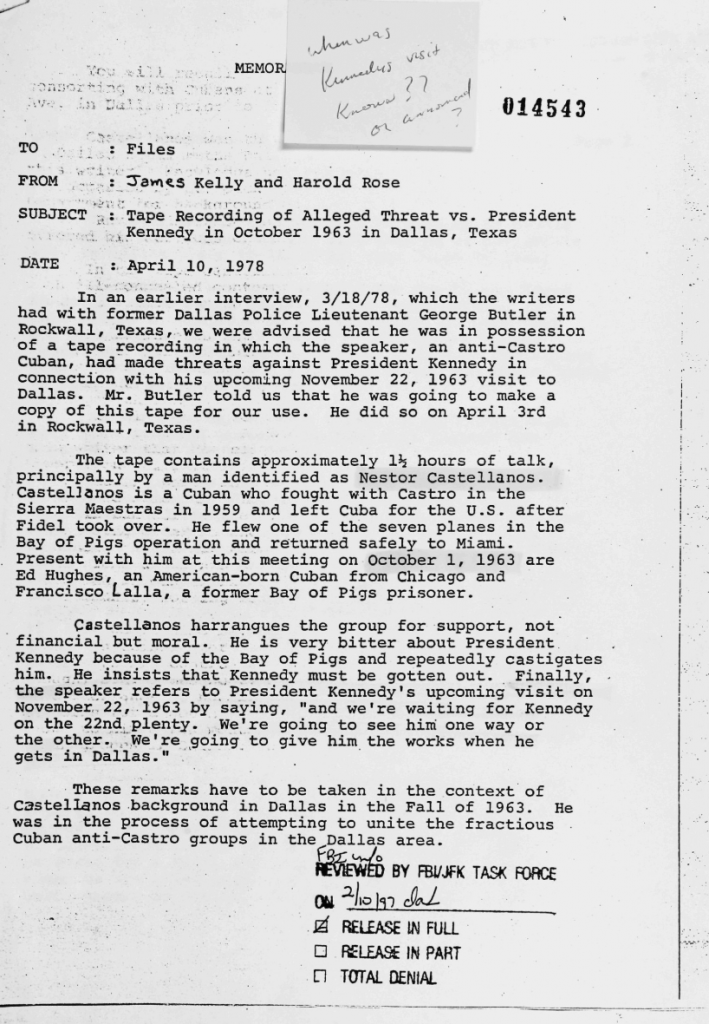This is the final installment in our series of blog posts exploring the digital collections related to the life and legacy of John F. Kennedy. To read the previous posts, click here for part one, here for part two and here for part three.
THE BEGINNING of a life-long obsession can often be hard to pinpoint exactly, but in the case of the assassination of John F. Kennedy, it often starts on that blood-soaked day in Dallas: November 22, 1963. Much like the terrorist attacks of September 11, 2001, no one who was alive and over the age of five can forget where they were when they heard reports that the president had been shot while riding in his presidential motorcade as it rolled through Dealey Plaza.
In the decades since that fateful day, many thousands of pages have been written about the event that changed American society forever. They run the gamut between carefully worded, scholarly examinations to full-on philippics attacking the author’s personal bête noir/cause of death. But the common thread that ties them all together is the author’s need for raw material, for the documents, photos, films and newspaper reports that serve as the basis for their various theses, regardless how far-fetched or ponderously grounded they may be.
For sheer scope of content, no other JFK-related digital collections in our care match the range of materials to be found in the John Armstrong Collection. Spanning dozens of notebooks and ultimately tallying more than 2,100 items, the Armstrong collection is a rare peek into the mind and method of a Kennedy author as he works to create his magnum opus (900+ pages and an accompanying DVD of more than 2,000 images).

A typical example of an item from the John Armstrong Collection, which features Armstrong’s notations on a sticky note (at top).
Armstrong spent years filing FOIA reports, photocopying articles from newspapers and generally being an obsessive collector of any and all documentation related to his task. While some of the material in this collection may be found elsewhere, there is no doubt that the sheer volume of the material available in one place – especially the items that were cleared through FOIA requests – makes it of particular value to researchers.
While the collection has been crawled with OCR technology to make it keyword searchable, users should be advised that due to the nature of the source materials – which include poor quality photocopies of original documents, as well as materials that have been heavily redacted – it is advisable to browse the collection by its well-documented tab- and box-level listings, which are available on the collection’s home page.
***
ON FRIDAY, November 22, Americans will pause to honor the memory of a young president, struck down by an assassin’s bullets and ultimately added to the honored rolls of great men lost in their prime. As the nation continues to determine what President Kennedy’s lasting legacy will be even at fifty years removed from his death, we are proud to partner with our friends at the Poage Legislative Library to present these materials to the world so that they, too, can make their own evaluations on the events before, during and after 11/22/63.
For more information on the John Armstrong Collection, visit the Poage Legislative Library’s collection homepage. For more digital collections content from the Baylor University Libraries Digital Collections, visit our homepage.

